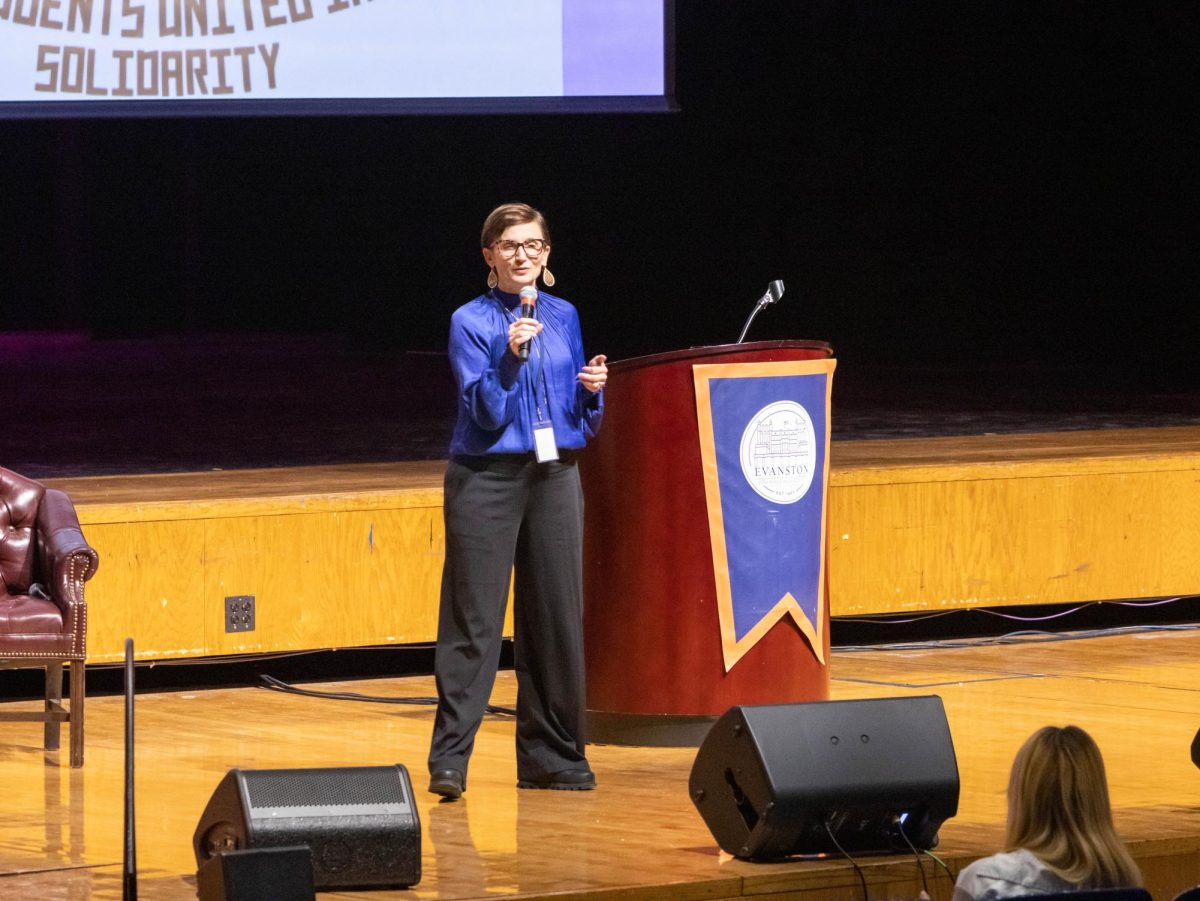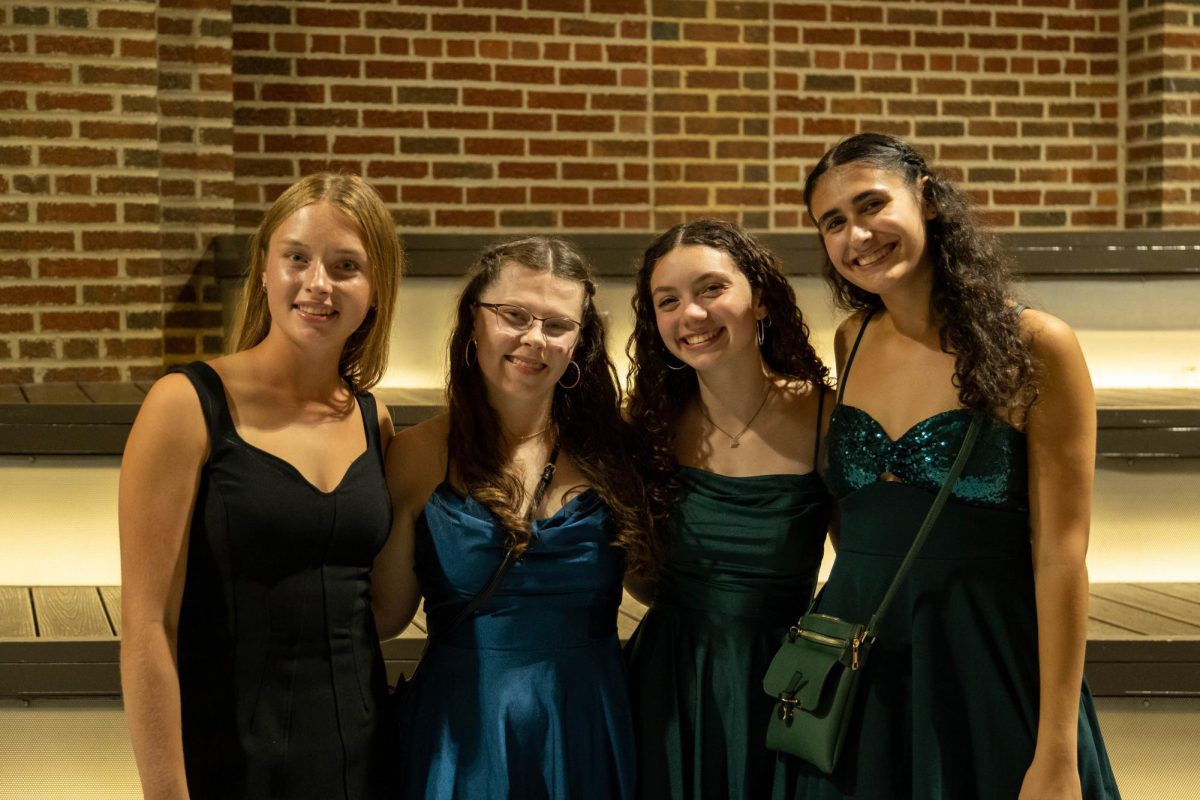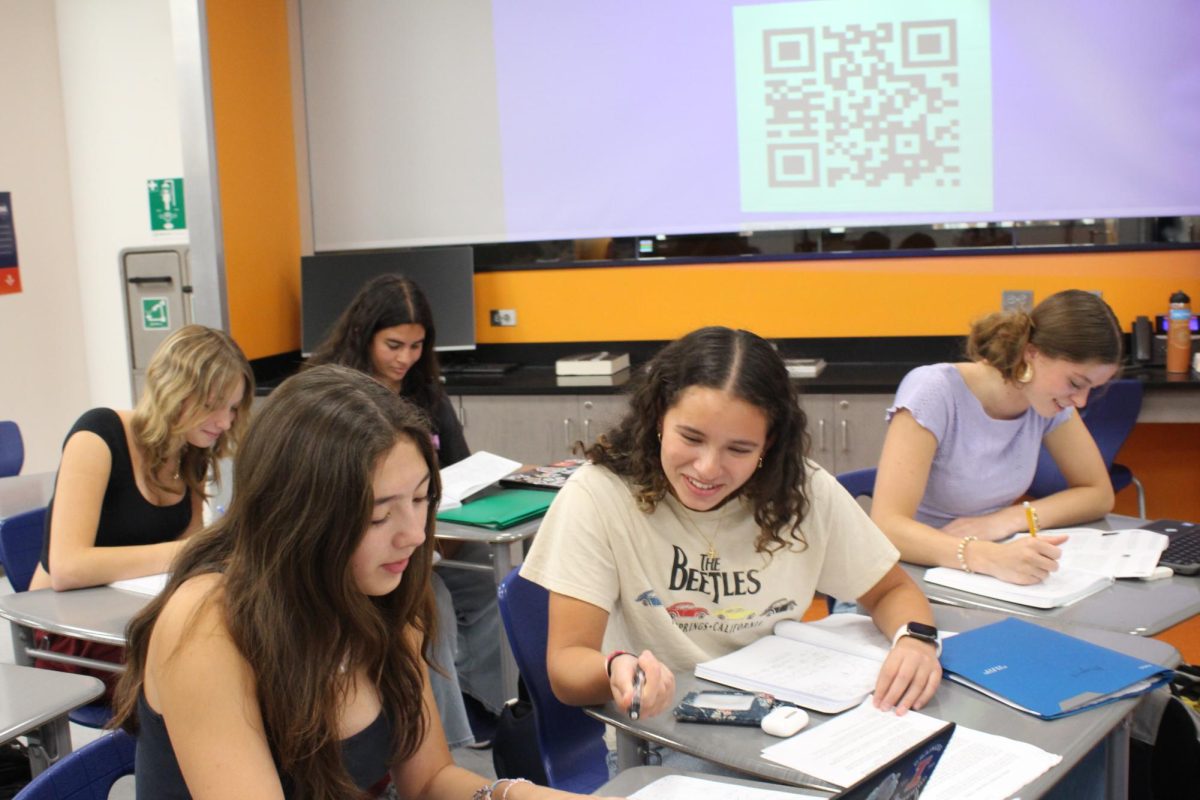Behind the screens of e-learning
September 24, 2020
Now that e-learning at ETHS is well underway, The Evanstonian wanted to extend gratitude to some of the incredibly talented and hardworking staff members that students and staff don’t often see. Each day, hundreds of staff members attend work, either remotely or in-person, with the intention of making these unprecedented times more stable for students. Without the generosity of all ETHS staff members, but specifically, ones working behind the scenes, e-learning as we know it would simply not be possible. Throughout the next few issues of The Evanstonian, we invite you to read about and thank members of each “behind the scenes” department who continue to work so diligently to support us.
IIT department streamlines e-learning process for students, staff
From the time ETHS was forced to shut down in March due to the COVID-19 pandemic, the informational and instructional technology (IIT) department has worked diligently to ensure that students and staff have access to the tools they need to succeed.
A few days prior to the shutdown in March, the IIT team began to craft a remote learning model that was based closely on the e-learning pilot program introduced in 2018 in response to severe weather.
“Not last school year, but the school year before that, it became legal in Illinois to use e-learning in place of emergency school closures,” Technology Integration Specialist Mina Marien says. “When I think of all this, I kind of start there because we had an approved e-learning plan before pandemics were even on the radar.”
This prior preparation gave the IIT department an upper hand once the school as a whole was forced into a wholly unprecedented situation in March. However, adapting a system created for short periods of time proved to be a major transition for both students and staff.
“Making that transition from one to two days to several weeks and months was something we had to do on the fly. We did a lot of professional development early on, and then throughout the spring. We pride ourselves on working with teachers in real-time,” Director of Instructional Technology David Chan says.
Throughout the summer, the IIT department was not only tasked with preparations for any of the ETHS reopening possibilities—in-person, hybrid or remote—but they also created a comprehensive technology course for teachers.
“I think a lot of the unsung heroes, out of all of this, is our IIT department,” science teacher and Teachers’ Council president GionMatthias Schelbert says. “They assembled a seven-hour course, custom made for ETHS, and it was like the YAMO of the summer for us.”
The IIT team created the ETHS E-Learning Academy as a way to support teachers in moving their instruction online in an efficient and accessible way.
“In terms of helping teachers, they built an academy pretty much from scratch and within weeks to try to help teachers with the journey on e-learning and teaching remotely,” Associate Principal for Instruction and Literacy Scott Bramley says.
Together, the IIT department created the E-Learning Academy experience. On Google Classroom, teachers were given ways to rethink their instruction in the context of six units: climate, planning, content delivery, discussion, assessing and feedback.
“I really started from the instructional design point in thinking about tips I can give teachers to really think about their instruction differently,” says Marien, who created the first unit.“Because trying to do the same thing that you would do in person is not going to work in this environment. So, what advice can I give, what frameworks can I build to help people think about their instruction differently?”
During the E-Learning Academy, teachers discussed both educational theory as it relates to the six categories, but also practice and how to effectively implement tools that could allow students to succeed in a virtual classroom, something that many had never done before.
“I’m a rather savvy teacher. I know technology, I’m pretty good with it, and even I was able to get some insight on some of the material that they presented,” Schelbert says. “On the opposite end of the spectrum, there are teachers who are very anxious about technology, and, at the end of it, they said, ’You know what, I can do this.’”
In total, 267 teachers participated in the E-Learning Academy this summer. Seeing as teachers come from a wide range of backgrounds with technology and familiarity with technology, the IIT department also had a job to do to ensure each curriculum could transition smoothly to a virtual environment. This often meant investing in the use of platforms such as Google Groups, Flipgrid and Screencastify to add a level of enhancement to some curriculums in a world where the likes of Zoom and Google Classroom have become ubiquitous.
“[The IIT department] really took on a lot of the work, so providing training for staff, researching, purchasing subscriptions to tools that might be helpful, responding to requests to enhance those tools if, maybe, we were using free versions initially and allocating the resources to paid subscriptions for students and staff,” Bramley says.
For some teachers, these necessary changes in the way the curriculum is being delivered have also opened up new possibilities as far as assessments go. It’s possible some of these ideas could stick around in classrooms long after the age of e-learning is history.
“Maybe [teachers] aren’t doing their typical multiple-choice exam anymore,” Chan says. “Maybe they can test the student by having a conversation, by having them explain a problem, having them do a Flipgrid or a Screencastify slides deck where they’re going over what they know and how they understand it as opposed to just answering a question on a test. I think that’s one thing that will continue when we come back in person.”
However, teachers were not the only ones the IIT department worked hard to support going into the 2020-21 school, as students faced what could be a challenging transition. Distributing Chromebooks to freshmen was one of the major jobs that had to be done differently this year, in particular, due to the lack of student assistance from the Chromezone. To ensure maximum safety, the IIT team did every part of the distribution internally.
“Our technicians are normally running around and getting the building set up and doing other stuff, so we had to engage their support, but they were great,” Chan adds.
Normally, incoming freshmen get their Chromebooks set up in person during freshmen orientation, but, obviously, this year provided a different set of circumstances. Prior to the virtual orientation, Chan and his team emailed instructions about account setup to students and families, allowing them to set up their ETHS email account and password prior to picking up their Chromebooks. Some students also did the account setup during summer school. The IIT department provided a phone and email support system to aid this process and had a busy couple of days after the deployment of the distribution plan began.
“Any large scale deployment, you can only simulate and prepare so much before you have to go live,” says Chan. “I think, overall, when all said and done, to be able to have 900 plus students be able to log into a device without ever meeting them in person is successful.”
As the weeks progress in this historic, virtual school year, it’s hard to imagine everything coming together without the tireless efforts of the IIT department.
“Because of our IIT department, we were able to zig when everyone thought we were gonna zag,” Schelbert says.











